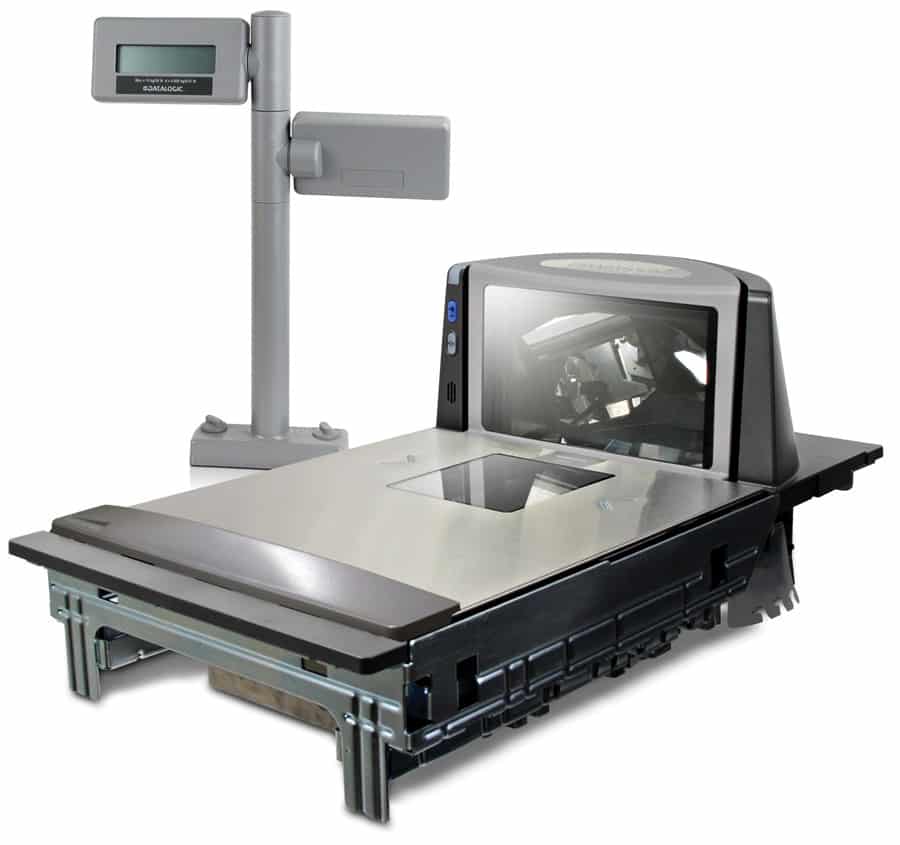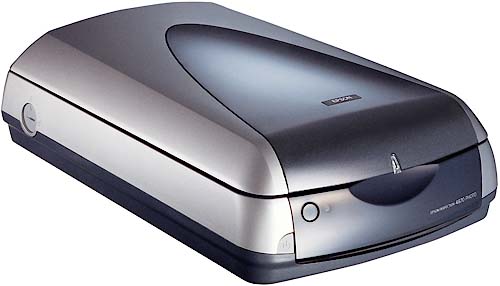

NRS and WOMAC scores improved at all time points. NRS and WOMAC scores were assessed before intervention and at 2 weeks, 1,2,3 and 6 months following the intervention. Those who reported more than 50% reduction in NRS went on to undergo chemical neurolysis, using 1.5 mL 7% glycerated phenol in each genicular nerve. Ultrasound‐guided diagnostic blocks of genicular nerves (superomedial, inferomedial and superolateral) with 1.5ml of 0.25% bupivacaine at each site were performed. The objective of this prospective open label cohort study is to evaluate effectiveness and safety of ultrasound‐guided chemical neurolysis for genicular nerves with phenol to treat patients with chronic pain from KOA.įorty‐three patients with KOA with pain intensity score (Numeric Rating Scale,NRS) ≥4, and duration of pain of more than 6 months were considered for enrollment. Chemical ablation may be an alternative but its effectiveness and safety has not been examined. Radiofrequency ablation of the genicular nerve has been performed for knee osteoarthritis (KOA) when conservative treatment is not effective. Therefore, genicular nerves block is an alternative to local infiltration analgesia in patients undergoing total knee arthroplasty.Ĭ identifier: NCT04024319. Local infiltration analgesia and genicular nerve block are comparable in terms of analgesic results. The median difference in cumulative opioid consumption was 2.5 mg (95% CI, -13.5 to 2.5, P < 0.001) for the unmatched cohort and 4.99 mg (95% CI, -11.5 to 2.5, P < 0.001) on the matched group (meeting the noninferiority criteria, Δ = 21 mg). The median difference in numeric rating score at rest at 24 h was -0.99 on the unmatched cohort and -1.9 (95% CI, -2 to 0, P = 0.002) on the matched cohort (meeting the noninferiority criteria, Δ=1). After one-to-one propensity score matching, 21 patients were included in the local infiltration analgesia group and 21 in the genicular nerve block group.

We conducted propensity score-matched analyses of patients using acute postoperative pain-related risk covariates. The pain numeric rating scale and the cumulative opioid consumption in oral morphine equivalents during the first 24 h. Genicular nerve blocks in the prospective cohort were compared with local infiltration analgesia in the retrospective cohort. Thirty-five patients scheduled for total knee arthroplasty were prospectively included in the study and compared with 35 patients in a retrospective cohort. To test the noninferiority of the analgesic effect of genicular nerves block in comparison with local infiltration analgesia after 24 h of total knee arthroplasty. Blockade and radiofrequency ablation of the genicular nerves are effective treatments for patients with chronic pain because of knee osteoarthritis. Standard analgesic strategies for total knee arthroplasty employ local infiltration analgesia. Future trials are required to investigate the incremental benefits provided by local anesthetic infiltration between the popliteal artery and the capsule of the knee (IPACK), popliteal plexus block and genicular nerve block. The optimal analgesic strategy for TKR may include a combination of different analgesic modalities (periarticular infiltration, femoral triangle blocks, obturator nerve block). Combined femoral triangle-obturator blocks result in improved analgesia and swifter discharge compared with femoral triangle blocks alone. However, these benefits seem less pronounced when perineural adjuvants are used. Continuous femoral triangle blocks provide superior postoperative analgesia compared with their single-injection counterparts. When combined with the latter, femoral triangle blocks are associated with improved pain control, higher patient satisfaction and decreased opioid consumption. The cumulative evidence suggests that femoral triangle blocks outperform placebo and periarticular infiltration.
Escaner con contraste riesgos registration#
Randomized controlled trials lacking prospective registration and blinded assessment were excluded. Only trials including motor-sparing interventions were included. MEDLINE, EMBASE and CINAHL databases were searched (inception-last week of May 2020). This scoping review investigates the optimal combination of motor-sparing analgesic interventions for patients undergoing total knee replacement (TKR).


 0 kommentar(er)
0 kommentar(er)
